How to Support the Hybrid Work Model
Experts weighed in on the impending shifts in employee behavior, operational processes and technology during CoreNet Global’s Corporate Real Estate Week.
“The office is not in one place any longer—it is everywhere,” said IWG Chief Commercial Officer Fatima Koning during a session titled “Hybrid Working and the Ubiquity of Space.”
On day two of CoreNet’s Corporate Real Estate Week 2021 several panels addressed the shifts in workforce planning and how landlords and employers can support the transition to hybrid work. The central idea was that companies and property managers need to adopt a nimble approach to navigating the evolving landscape of the office-based environment.
Flexibility and mobility matter more than ever before, Koning said. Employees want the option to work in different settings, including but not limited to their home. Traditional models will no longer accommodate the workplace and workers of the future. The new standard of hybrid work promotes efficiency and connectivity, and technology is a big part of that. More advanced and empowered technology can enhance not only occupancy planning but also the overall work experience.
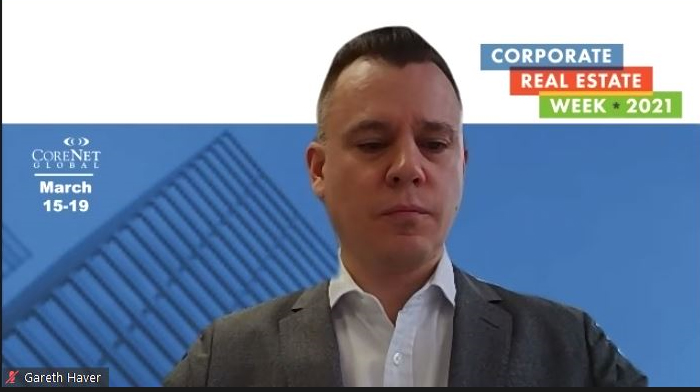
Gareth Haver, CEO for the Asia-Pacific, Africa, and Northern, Central & Eastern Europe regions, IWG.
By using the hybrid model, Koning’s colleague Gareth Haver, IWG CEO for the Asia-Pacific, Africa, and Northern, Central & Eastern Europe regions, said employers gain: lower costs, higher employee performance, staff retention and the environmental benefits of reduced travel. Employees get shorter commuting times and scheduled collaboration time.
“Working from home at your kitchen table five days a week can be improved on,” Haver said.
Employers, space planners and building owners will look to technology to perfect the hybrid model.
During a session titled “How Technology Can Help Landlords Attract Post-Pandemic Tenants” James Shannon, chief product officer at essensys, introduced the company’s new platform, which makes space management more seamless and accessible. New office tenants want a blend of traditional and flex operations, Shannon said, so landlords need to deliver greater flexibility and improve the in-building experience for their tenants.
Technology isn’t just about connectivity, Shannon said, but rather involves going “beyond the pure connectivity side and moving into the in-building experience.” This is an important consideration for tenants.
The in-building experience includes operational controls and workflow processes. Making space management as frictionless as possible is the goal, Shannon noted. It provides tenants with the ability to reserve space, to interact and to communicate. Property managers will want to create a digital and touchless experience for tenants as much as possible, applying this technology to doors, lockers, desks, meeting rooms and access to member directories.
Of course, this benefits landlords, too, allowing them to assign and control the physical aspects of their building such as doors, screens, printers and rooms, and to configure space and plan usage according to tenants’ requirements.

Tony Josipovic, Executive Director of Global Product Management, JLL. Image courtesy of JLL
During the “Dynamic Occupancy Management for the Hybrid Workplace” presentation, JLL Executive Director of Global Product Management Tony Josipovic covered the strategies that will replace traditional operational norms, such as assigned seating and static space allocation.
According to Josipovic, JLL advises its clients to follow a dynamic space-planning model that allows for more adaptable space management. The plan includes implementing seating zones, applying flexible space usage for short- and long-term bookings for mobile populations, digitizing existing manual processes for gathering usage data and using artificial intelligence to optimize data and space and to ensure connectivity.
Using GoSpace’s AI engine, JLL collects data to manage space consistently based on usage patterns, while ensuring connectivity and driving collaboration. The platform is designed to help occupancy planners oversee the hybrid workplace.

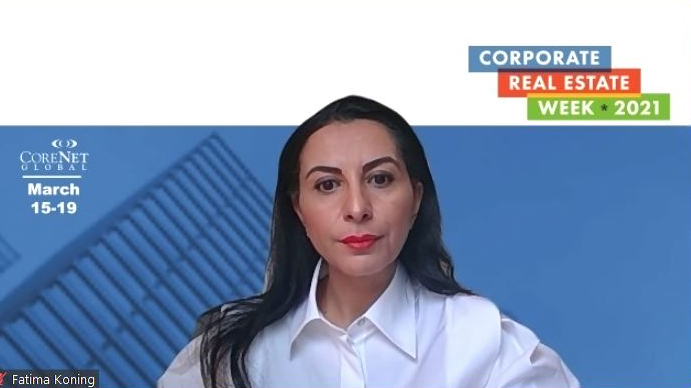

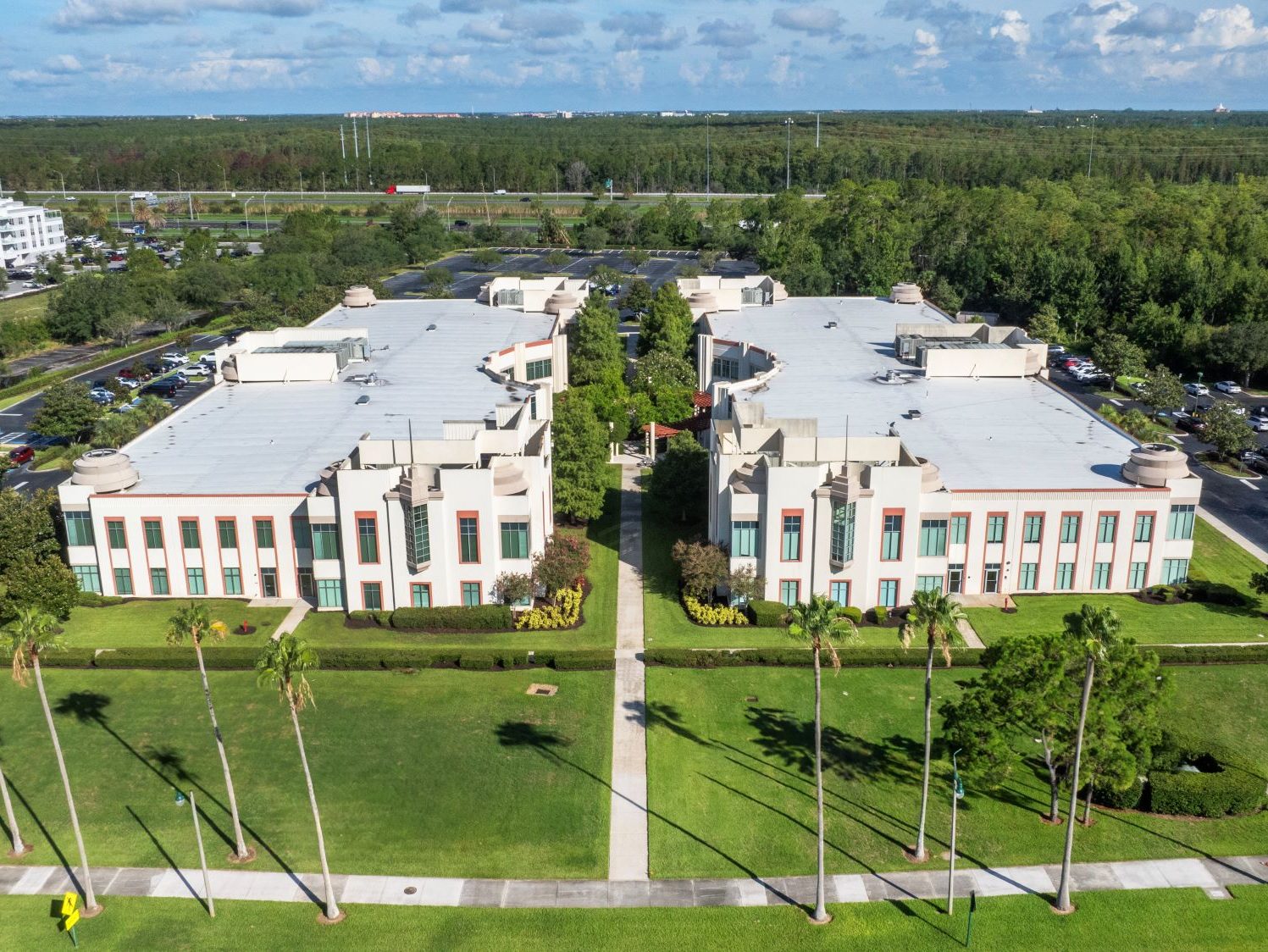
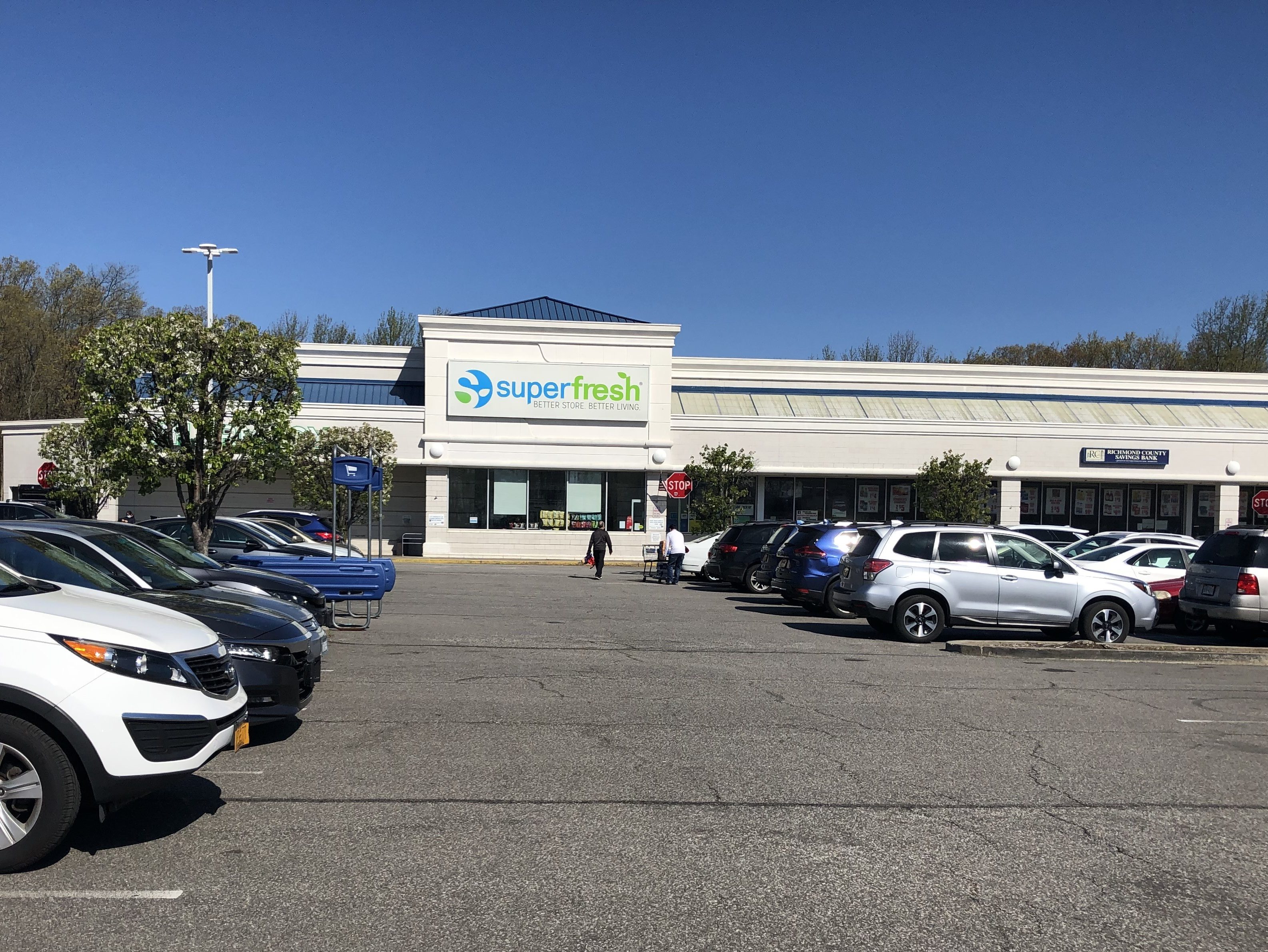
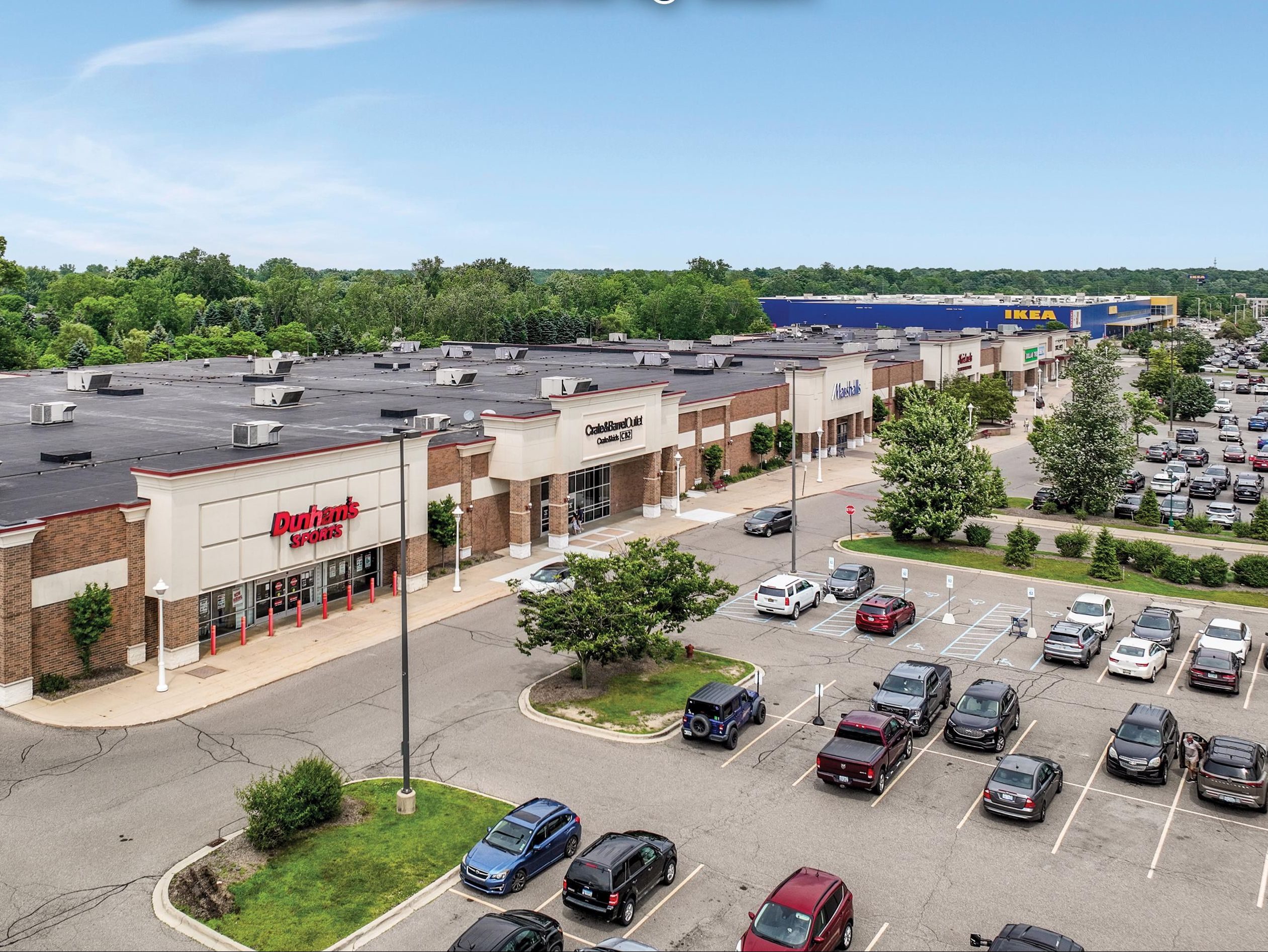
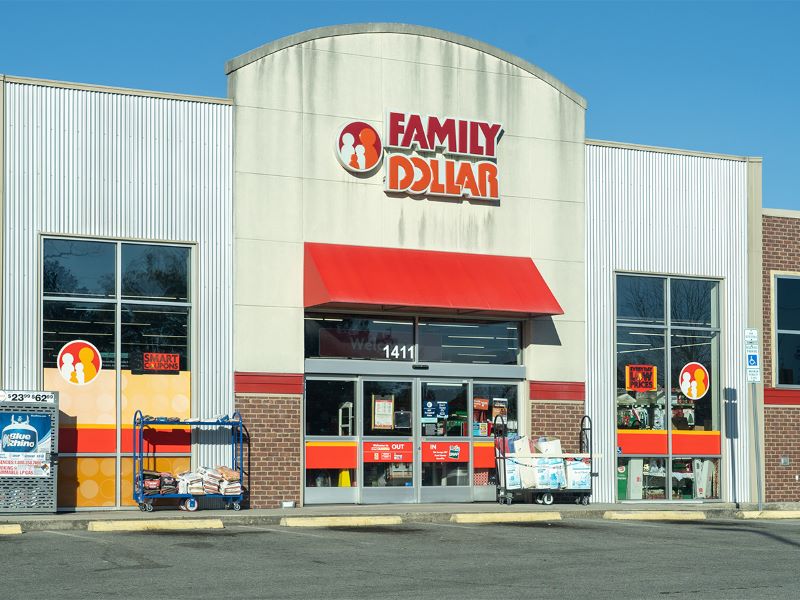
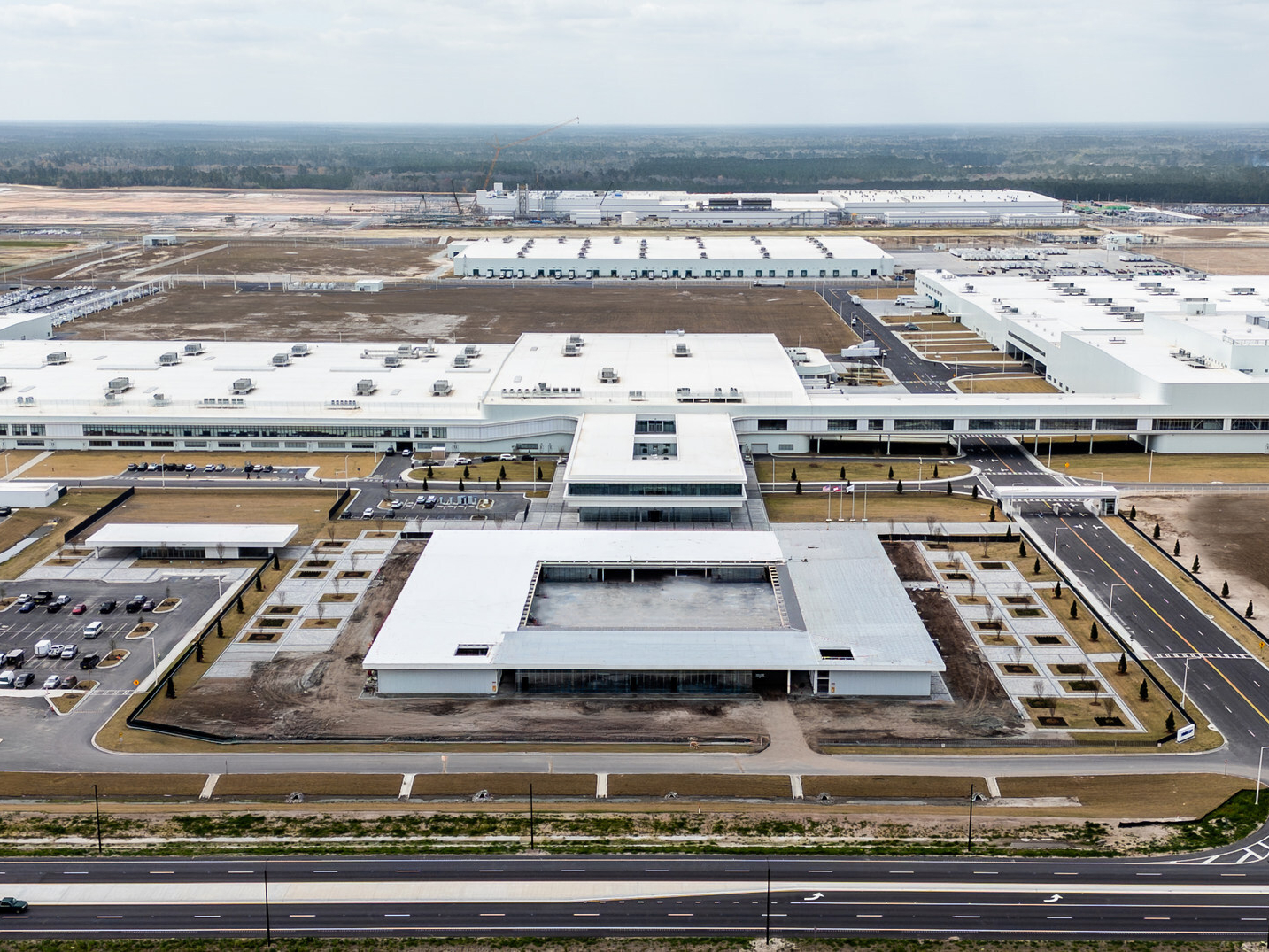
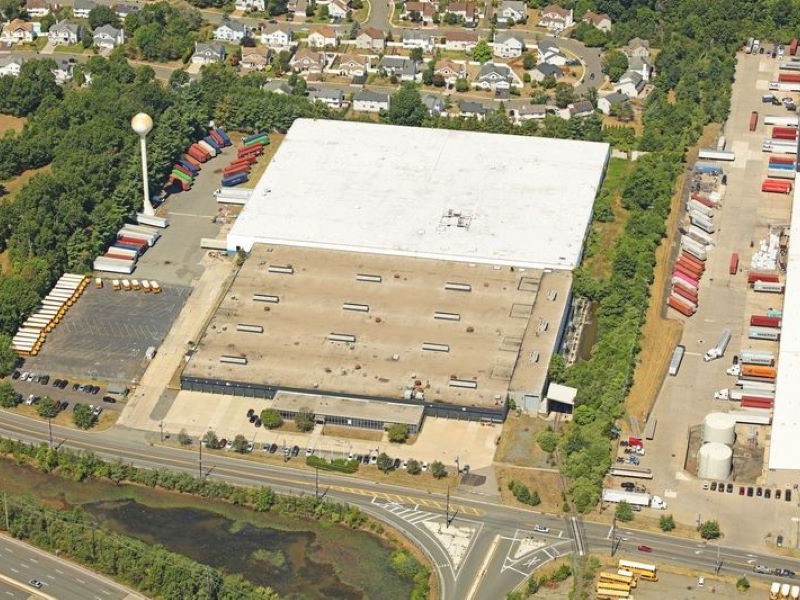
You must be logged in to post a comment.